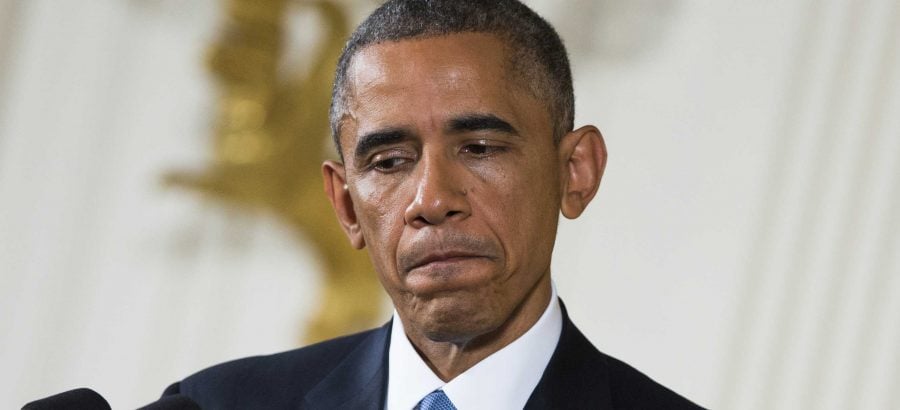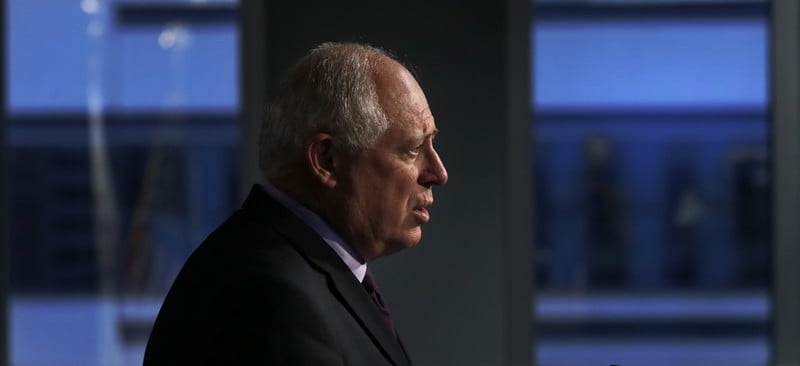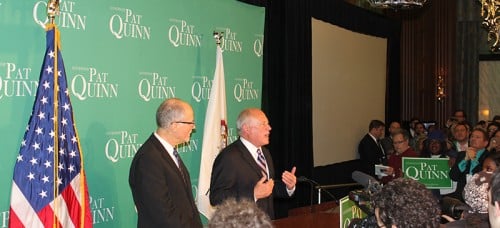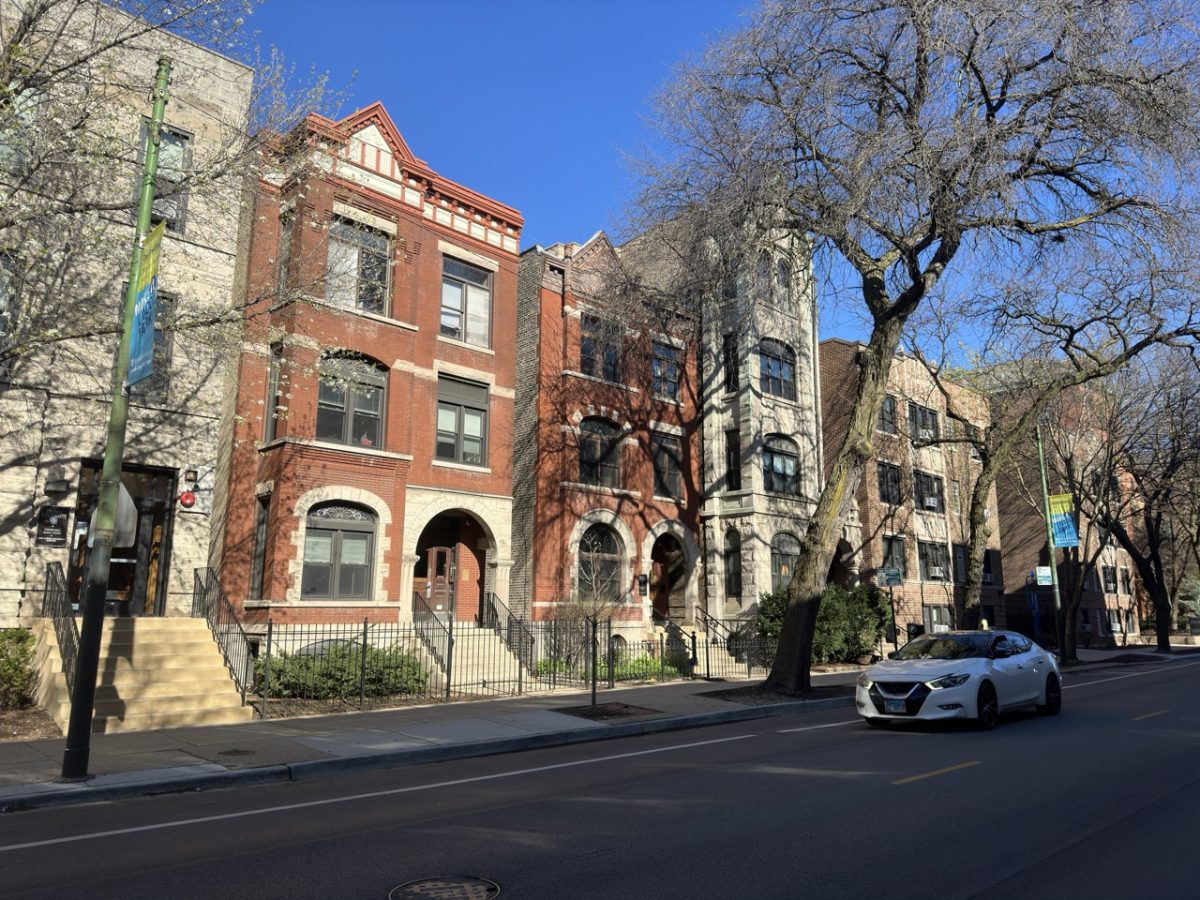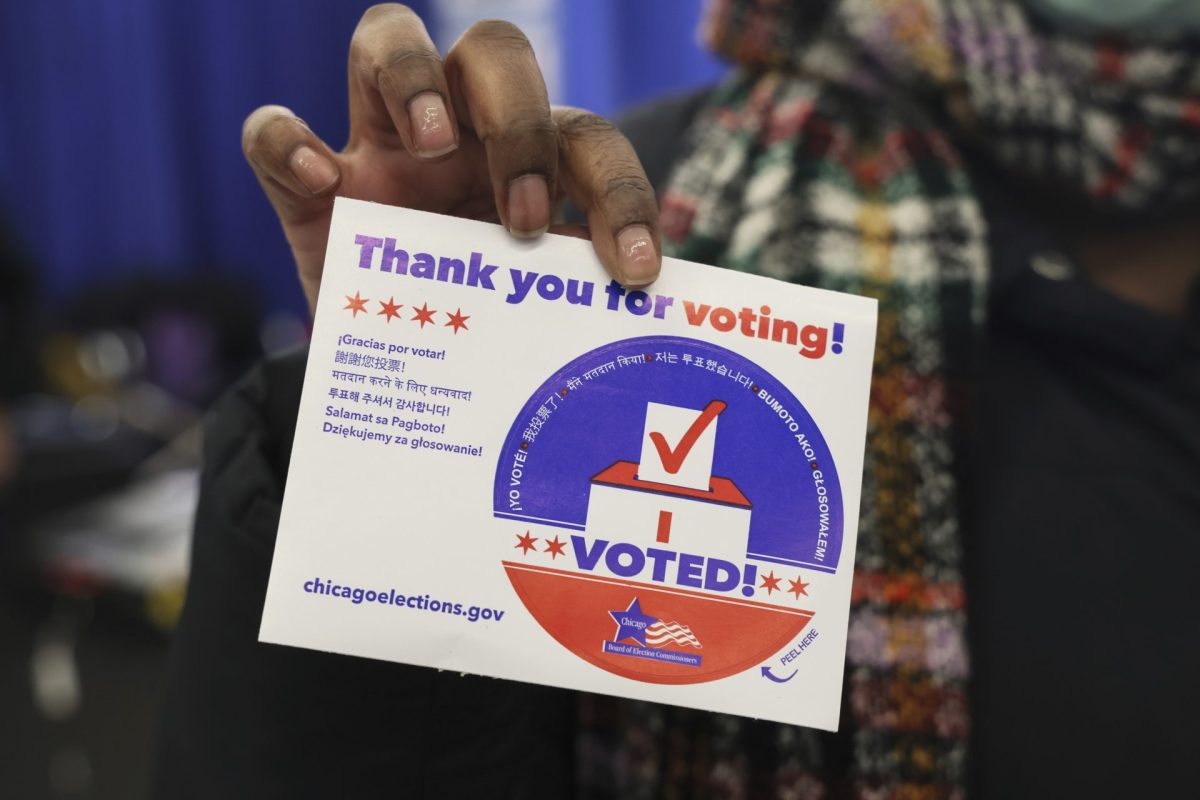CHICAGO (AP) — If it seems as though the number of political ads on television has ramped up markedly this election, now there’s concrete proof.
Fueled by a neck-and-neck contest for governor including a wealthy Republican candidate with money to burn, Illinois has seen a roughly 30 percent increase in the number of TV ads and the money spent to air them this election cycle compared to four years ago, according to an analysis by the non-partisan Center for Public Integrity.
The review released Wednesday found candidates for Illinois offices spent more than $26.4 million to air an estimated 34,589 ads between Jan. 1, 2013, and Sept. 8 of this year. That’s up from about $20.5 million for an estimated 26,554 ads during roughly the same time period in 2010, the last year Illinois elected a governor and other statewide office holders.
The analysis includes only the cost of TV airtime — not expenses associated with producing the ads. It doesn’t include spending for local cable TV advertising, or for radio or the internet, so the total spending on political ads can be significantly higher.
The increase comes even as spending nationwide decreased by about 45 percent compared with 2010. That year, more than half of the spending on TV ads occurred between mid-September and Election Day — a sign that in Illinois, the air wars could just be getting started.
Here are a few things to know about how the spending breaks down:
Bruce Rauner, the wealthy GOP businessman trying to unseat Democratic Gov. Pat Quinn, far and away leads the pack in spending.
His campaign has spent an estimated $14.5 million, compared to roughly $5.7 million by Quinn and a fraction of that by Rauner’s three GOP primary opponents. Quinn’s spending is considerably lower because he didn’t have a serious primary challenger. Rauner, who’s making his first bid for public office, had to spend millions just to introduce himself to voters and make it to the general election.
The totals also include spending by outside groups, such as labor unions, which have run ads targeting Rauner.
Only three states have seen more spending than Illinois: Pennsylvania, Texas and Florida — all of which topped $33 million. Illinois’ spending is estimated at $2.94 per eligible voter — an amount that trailed only Pennsylvania and the less-populated states of Rhode Island, Maryland and Nebraska.
There have been plenty of shadowy images and doom-filled voices in Illinois ads, but it hasn’t been all negative.
The review classified about 58.9 percent of Rauner’s ads as “mixed” — meaning they Featured nice words about himself along with attacks on Quinn — while about 13.6 percent were strictly negative against Quinn or Rauner’s primary opponents. About 27.5 percent were positive Rauner ads.
Qunn’s ads broke down as 75.7 percent negative against Rauner and 24.3 percent as pro-Quinn.
A few races for the Illinois.Legislature also have been on television. The conservative Liberty Principles PAC spent more than $46,600 on ads to unseat GOP state Rep. Sandra Pihos of Glen Ellyn in the Republican primary. In Southern Illinois, Democrat Bill Kilquist has spent close to $100,000 as he battles Republican Terri Bryant for the seat held for nearly two decades by GOP state Rep. Mike Bost, who’s running for Congress.
The statewide contests further down the ticket, meanwhile, have barely registered. The only spending has come from Republican Tom Cross, who has spent about $10,400 for ads targeting Democrat Mike Frerichs for treasurer.
The Center for Public Integrity used research from Kantar Media/CMAG, which tracks political advertising and offers a widely accepted estimate of the money spent to air each spot to review data from all of the country’s 210 media markets.



